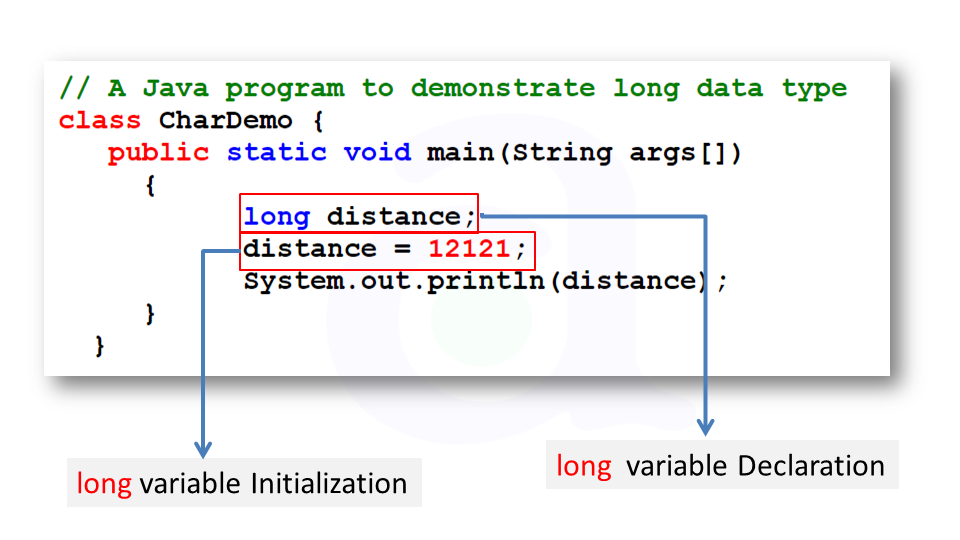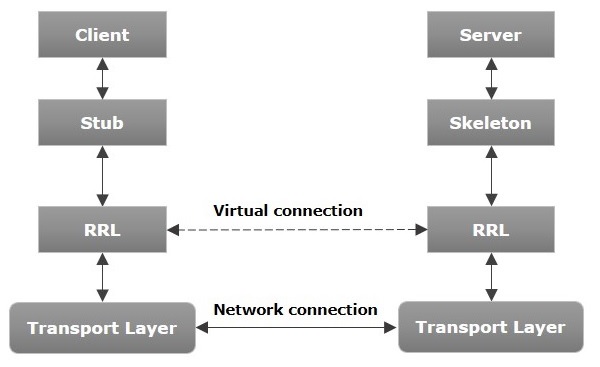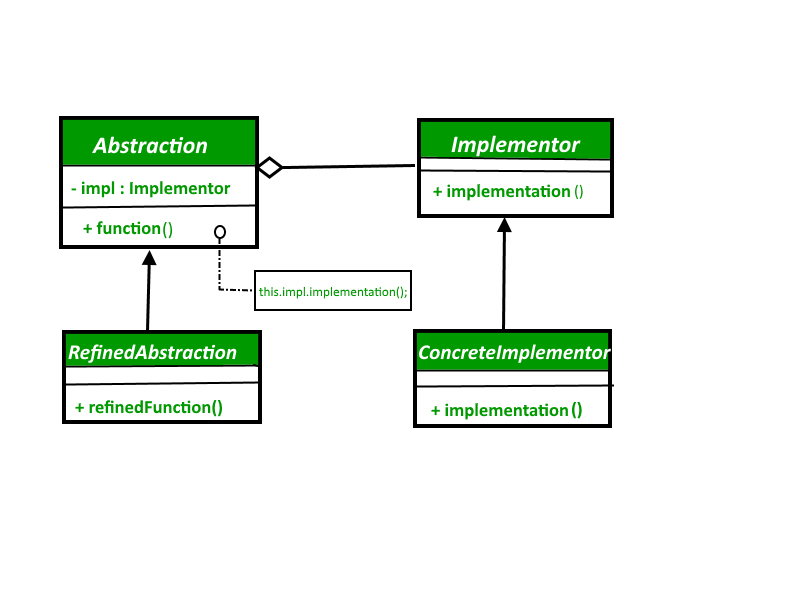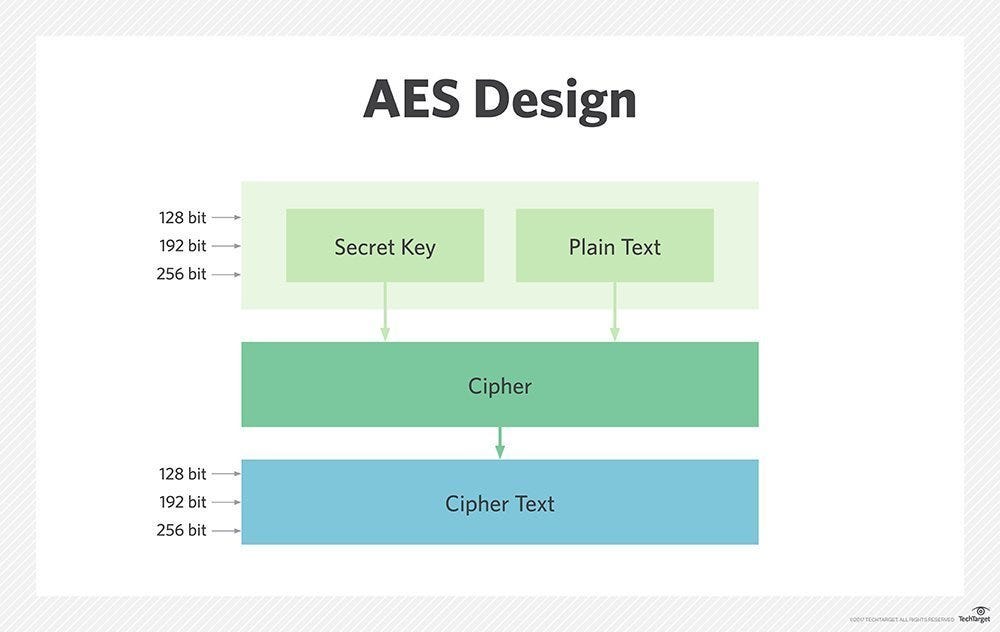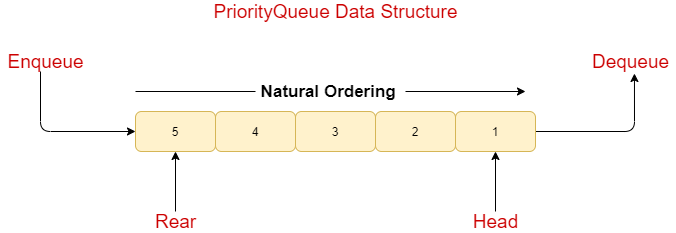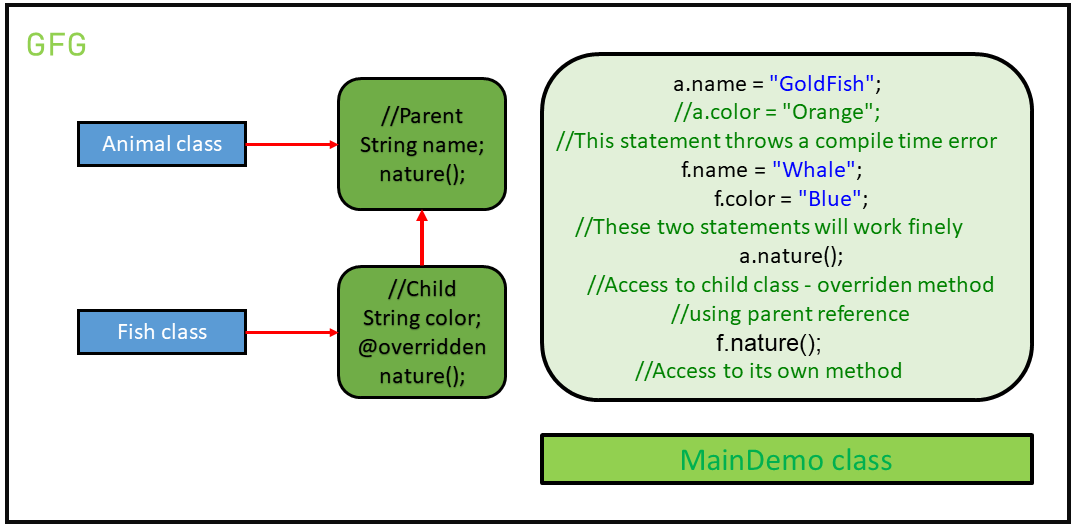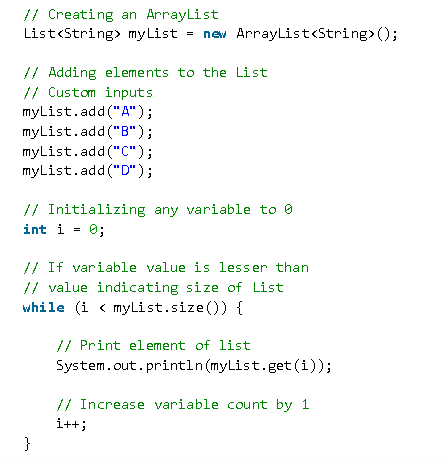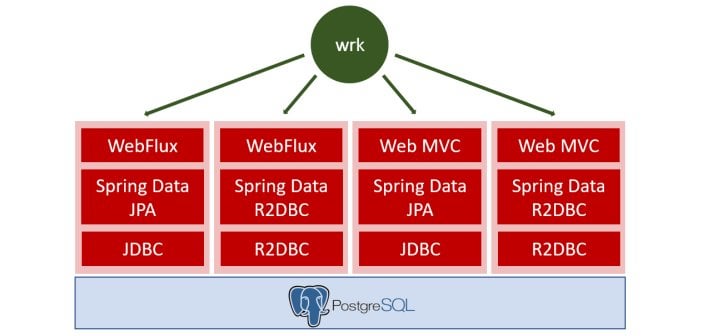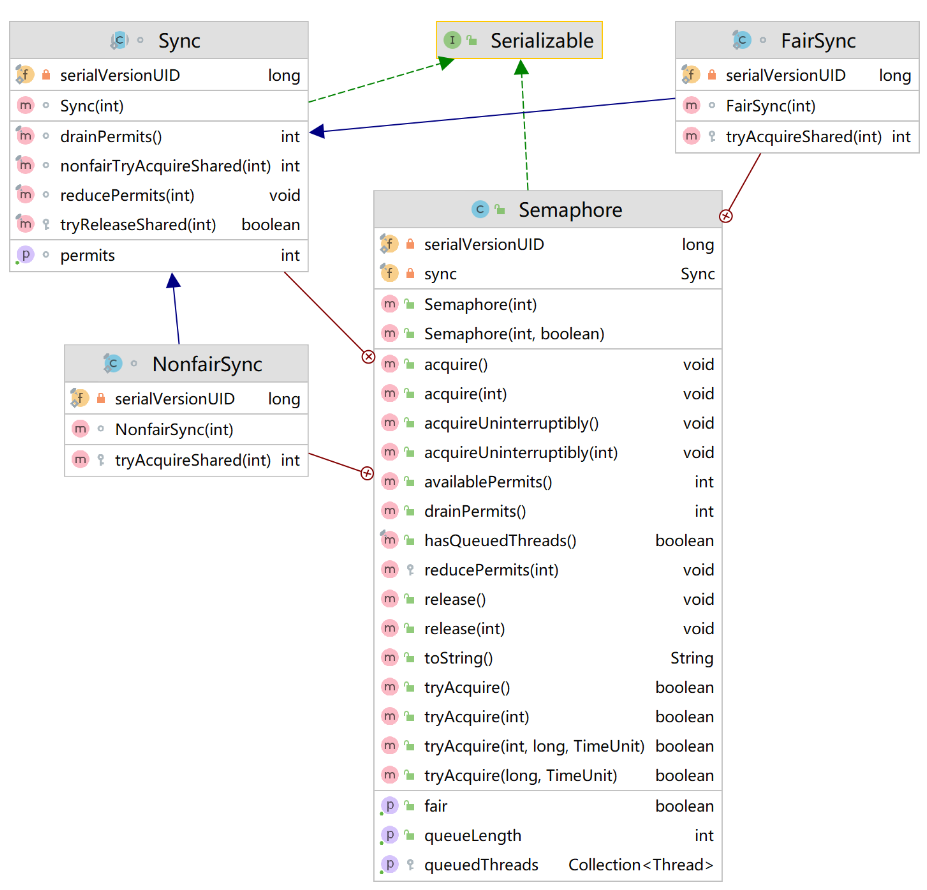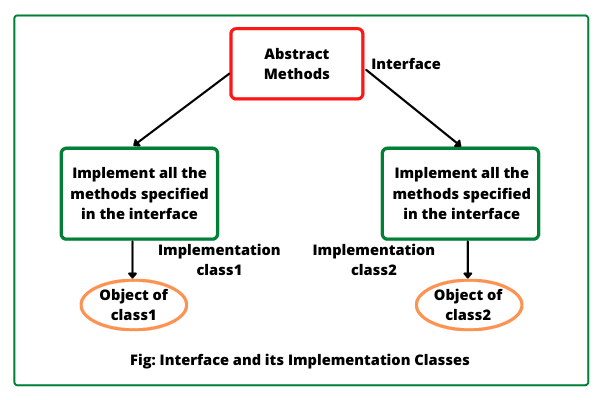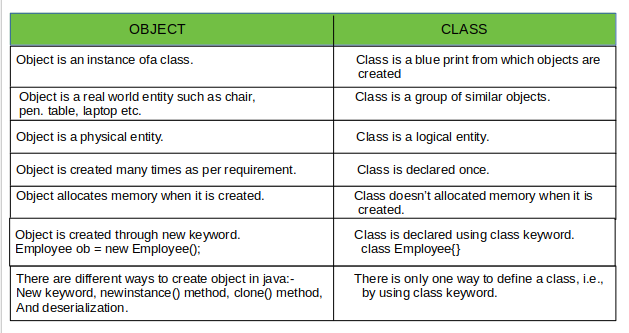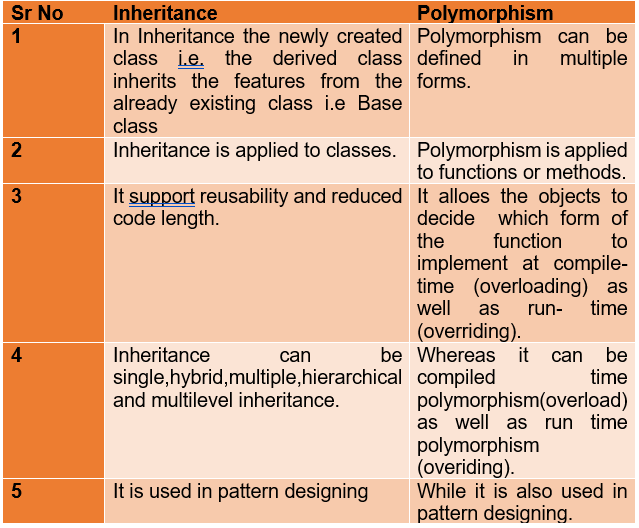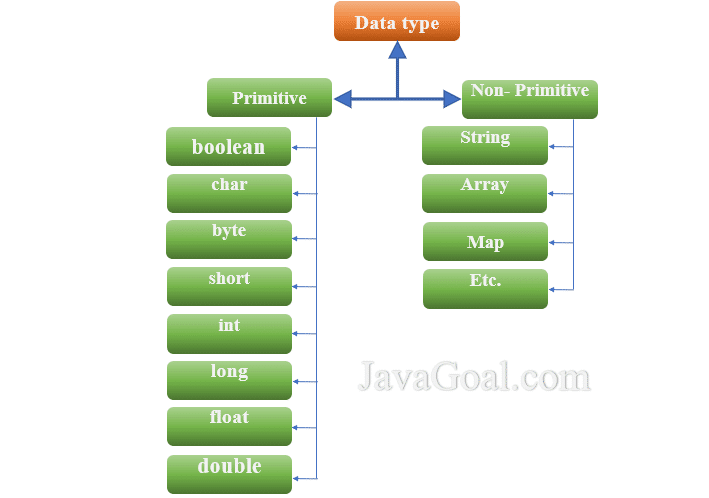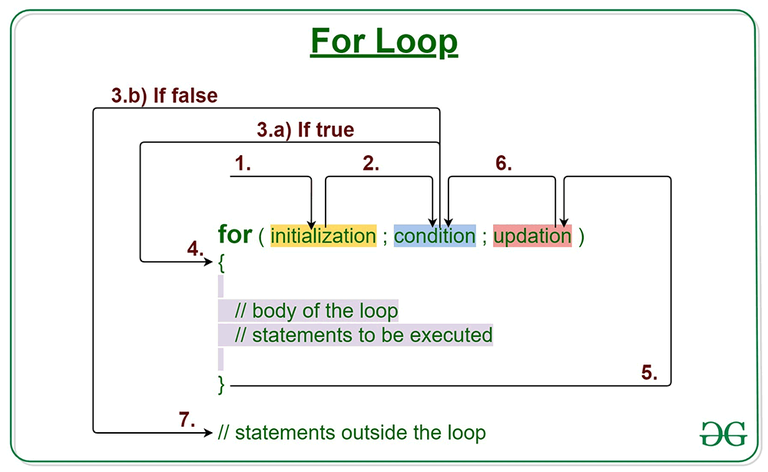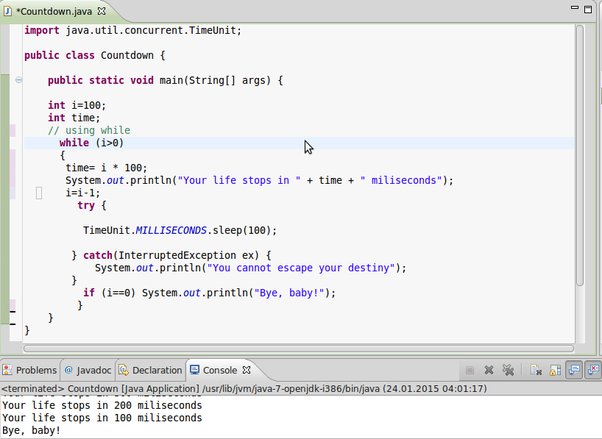What is a multilevel inheritance in java with example
What is a multilevel inheritance in java with example
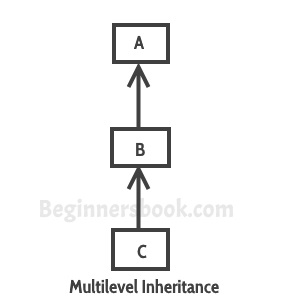
I'll respond in English as per your request.
Multilevel inheritance in Java is a feature that allows a class to inherit properties and methods from its superclass, which itself has inherited properties and methods from another superclass. In other words, an object can have more than one parent class. This concept is often referred to as hierarchical inheritance or nested inheritance.
Here's a simple example of multilevel inheritance in Java:
Let's consider a scenario where you are designing a hierarchy of animals. You have a Mammal class that has some common characteristics and methods, which itself inherits from the Animal class. Then, within the Mammal class, you create a subclass called Dog, which also inherits properties and methods from both the Mammal and Animal classes.
// Base class Animal
class Animal {
void eat() {
System.out.println("Eating...");
}
}
// Mid-level class Mammal that extends Animal
class Mammal extends Animal {
void giveBirth() {
System.out.println("Giving birth...");
}
}
// Leaf class Dog that extends Mammal and also Animal
class Dog extends Mammal {
void bark() {
System.out.println("Barking...");
}
public static void main(String[] args) {
Dog myDog = new Dog();
myDog.eat(); // Calls the eat method from Animal
myDog.giveBirth(); // Calls the giveBirth method from Mammal
myDog.bark(); // Calls the bark method from Dog
}
}
In this example:
TheAnimal class is the base class that has an eat() method. The Mammal class is a mid-level class that inherits from Animal and adds its own giveBirth() method. Since it extends Animal, it also gets access to the eat() method. The Dog class is the leaf node in the hierarchy, extending both Mammal (which itself extended Animal) and therefore directly or indirectly inheriting all methods from Animal. It has its own bark() method as well.
When you create a new instance of the Dog class (myDog) and call methods on it, Java will follow the inheritance hierarchy to find the correct implementation:
eat() method is called on myDog, which means Java checks for an override in Dog. Since there isn't one, it looks up the inheritance chain until it finds the Animal class with its own eat() method. The giveBirth() method is also called on myDog. This time, since Dog extends Mammal, which itself extended Animal, Java will find the implementation in the Mammal class. Finally, when you call bark(), it's a unique method specific to the Dog class and is executed directly.
In summary, multilevel inheritance allows classes to inherit from their superclass, which itself inherits properties and methods from another superclass. This creates a hierarchical structure where objects can have multiple parent classes.
What is the problem with multiple inheritance in Java?
I'd be happy to explain the problems with multiple inheritance in Java.
Java does not support traditional multiple inheritance, which means that a class cannot extend more than one superclass directly. This is a departure from languages like C++ and Smalltalk, where multiple inheritance is supported.
The reason for this restriction is largely due to the fact that Java was designed with a focus on simplicity and ease of use. The designers of the language believed that allowing classes to inherit from multiple superclasses would lead to complexity and make it harder for developers to understand the relationships between different parts of their code.
One problem with traditional multiple inheritance is the "diamond problem". This occurs when a class inherits conflicting methods or fields from its two superclasses. For example, if one superclass has a method named m1() and the other has a method named m2(), but they have the same name and parameter list, then which one should be called when an object of that class is asked to perform the action?
Java's designers were concerned that this kind of conflict would be common, and that it would be hard to resolve. They also believed that multiple inheritance would lead to a situation where classes were designed primarily as "mixins", or classes whose sole purpose was to provide some set of methods or features that other classes could inherit. This would make the class hierarchy harder to understand and maintain.
Another problem with traditional multiple inheritance is the risk of infinite recursion. If a class inherits from two superclasses, each of which also inherits from yet another superclass, then you can get into a situation where an object of the original class has a long chain of superclasses that all inherit from each other, effectively creating a loop.
Java's designers believed that this kind of complexity was not necessary for the language to be successful. Instead, they chose to emphasize composition over inheritance, which means that objects are built up from smaller components rather than inheriting their behavior from parent classes. This approach can lead to more flexible and maintainable code, as well as making it easier for developers to understand how their code fits together.
In summary, while multiple inheritance may seem like a useful feature at first glance, Java's designers believed that its potential downsides (such as the diamond problem and risk of infinite recursion) outweighed any benefits. By not supporting traditional multiple inheritance, Java was able to focus on simplicity and ease of use, making it a more accessible language for developers of all skill levels.




